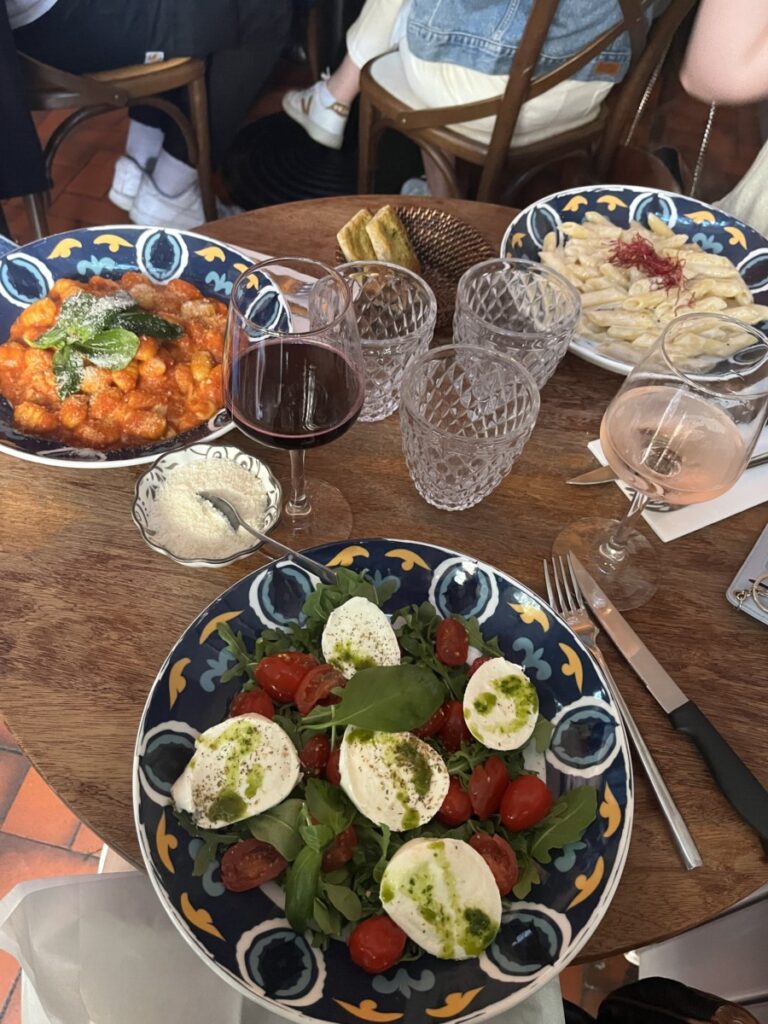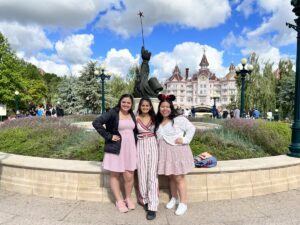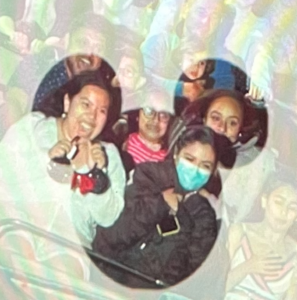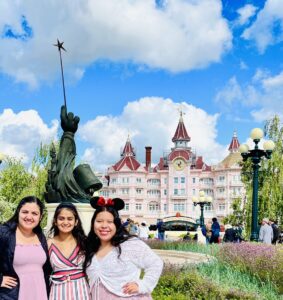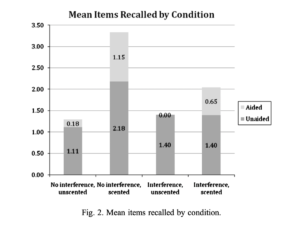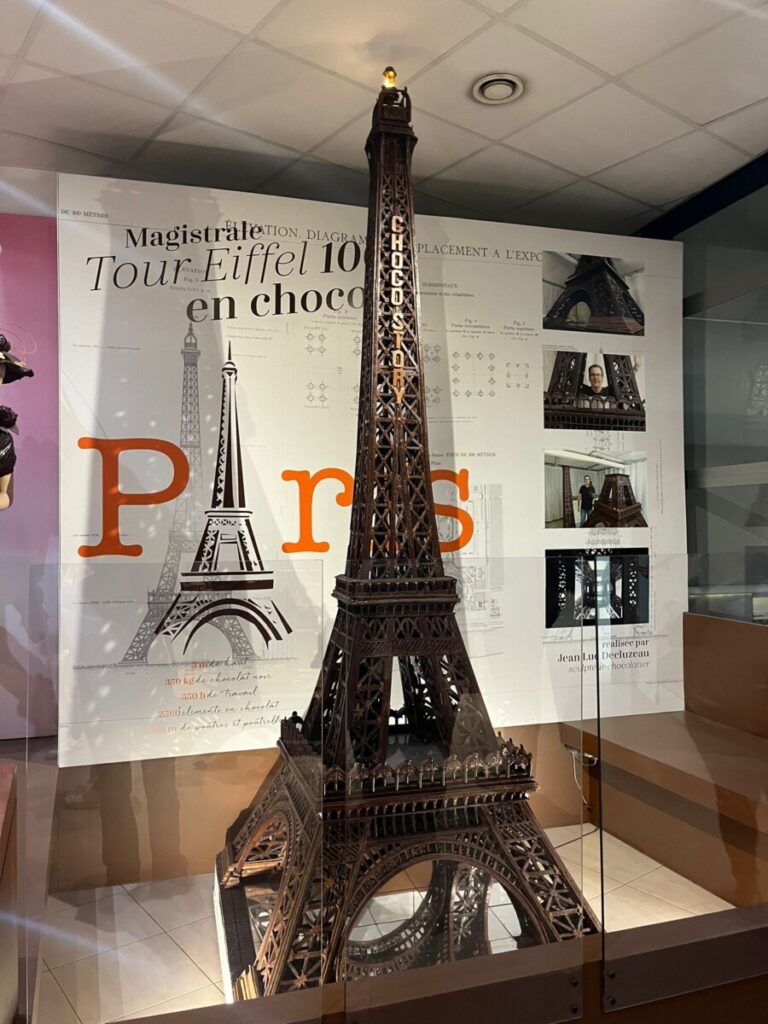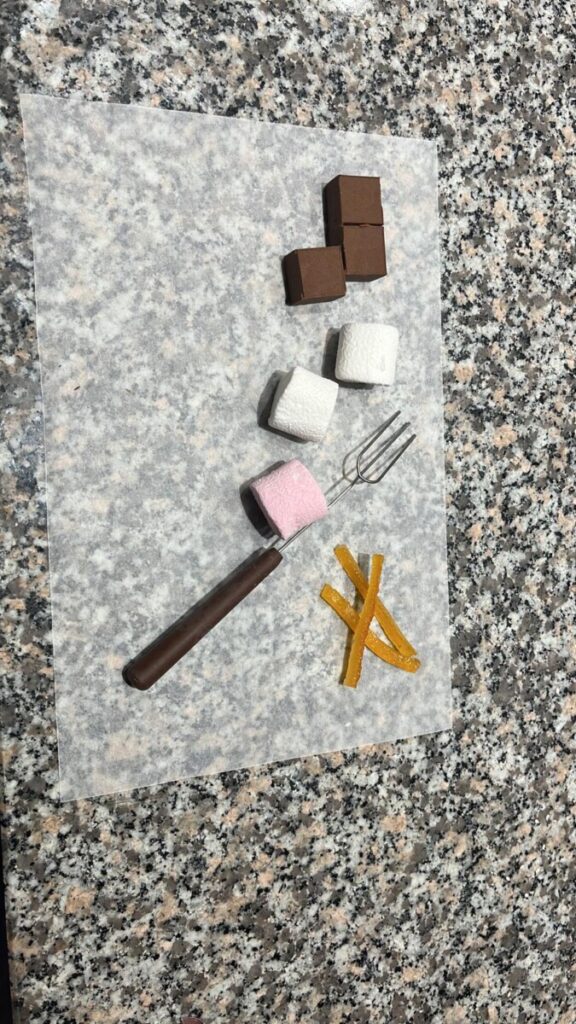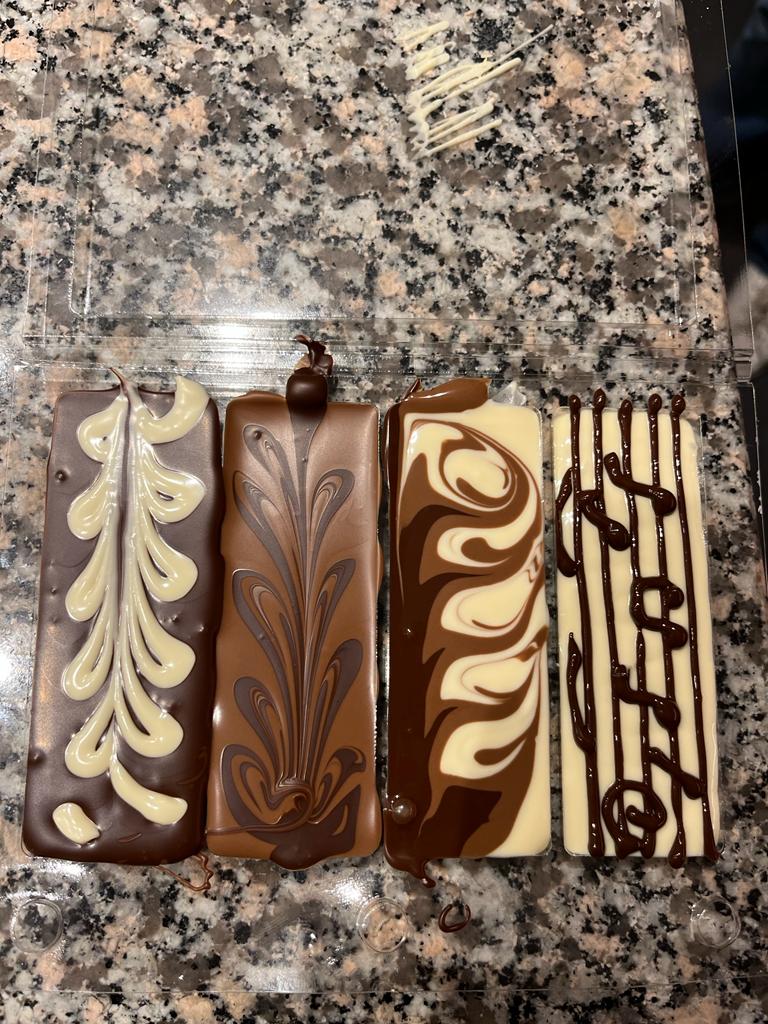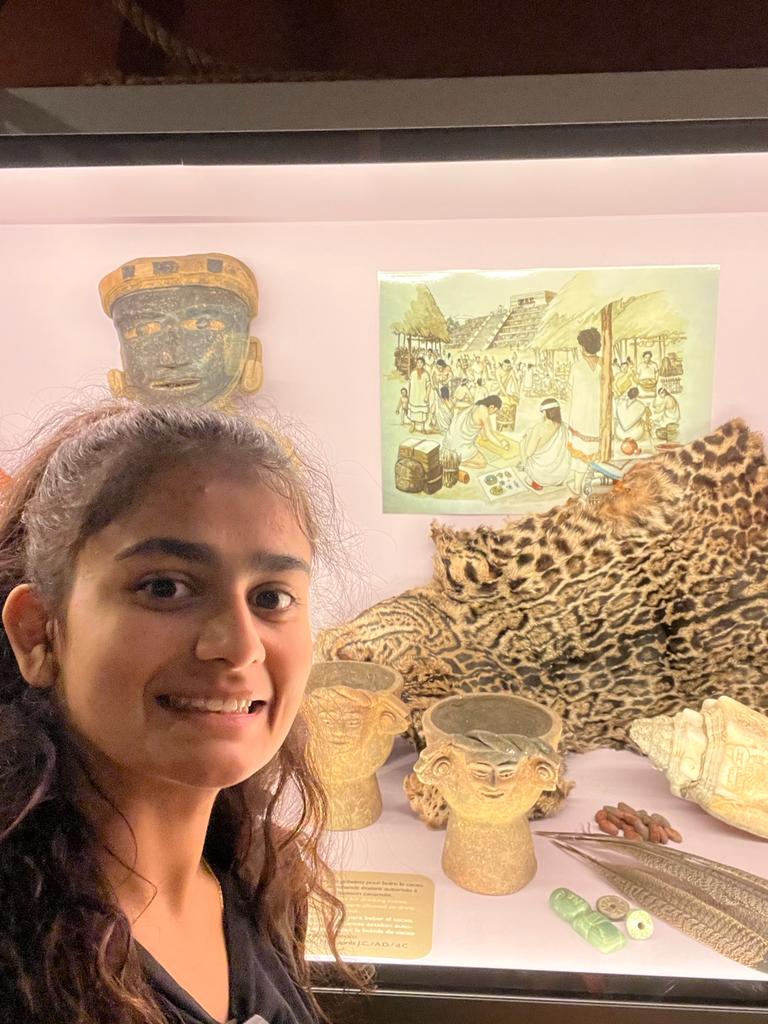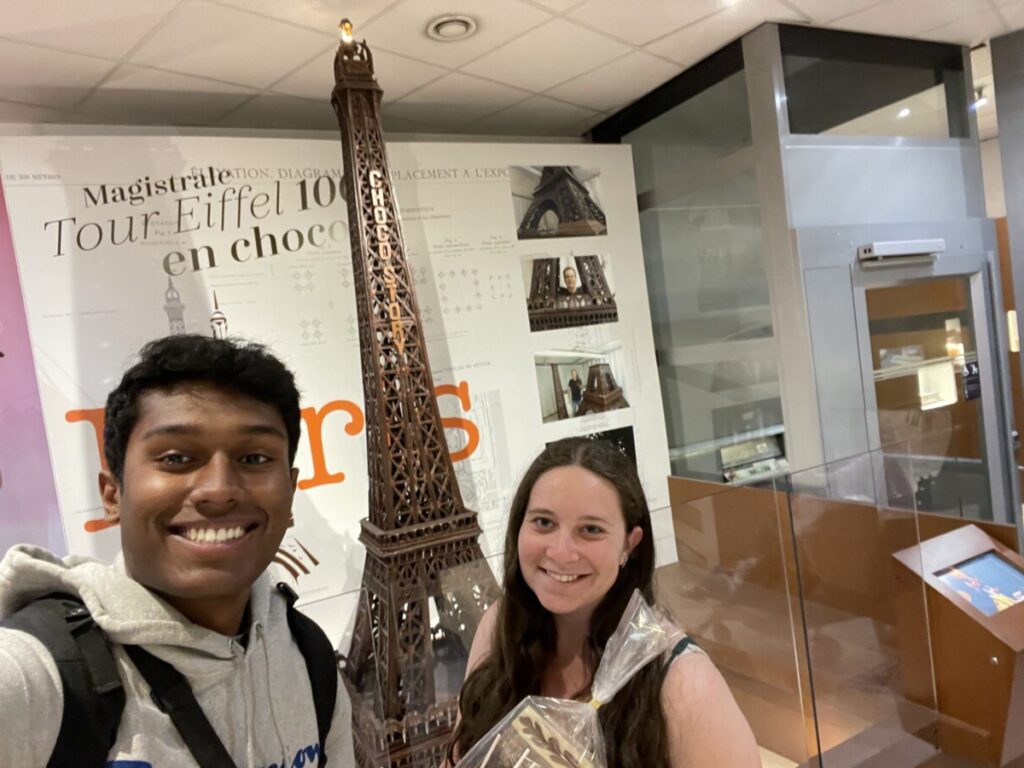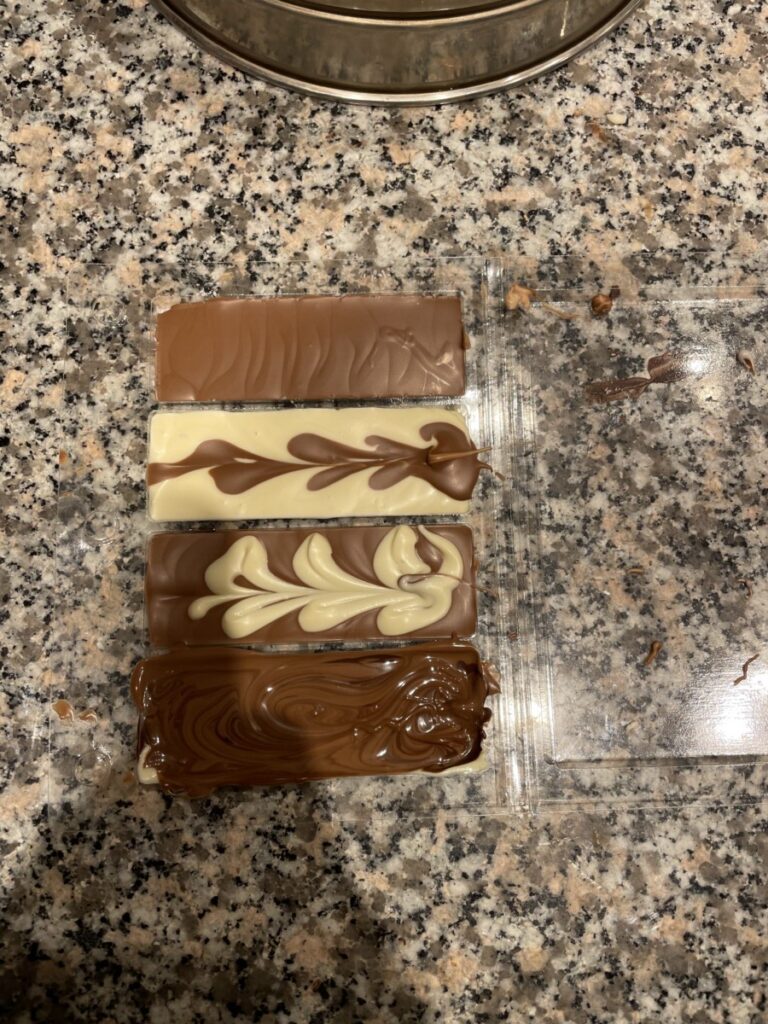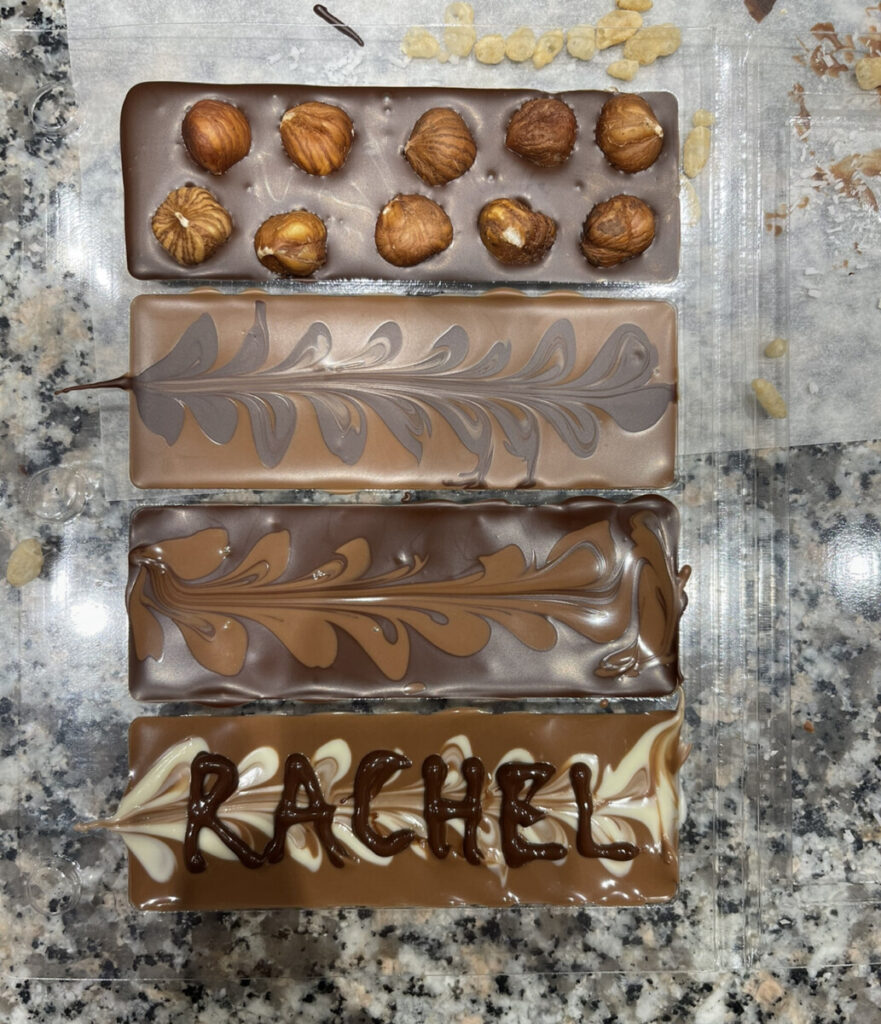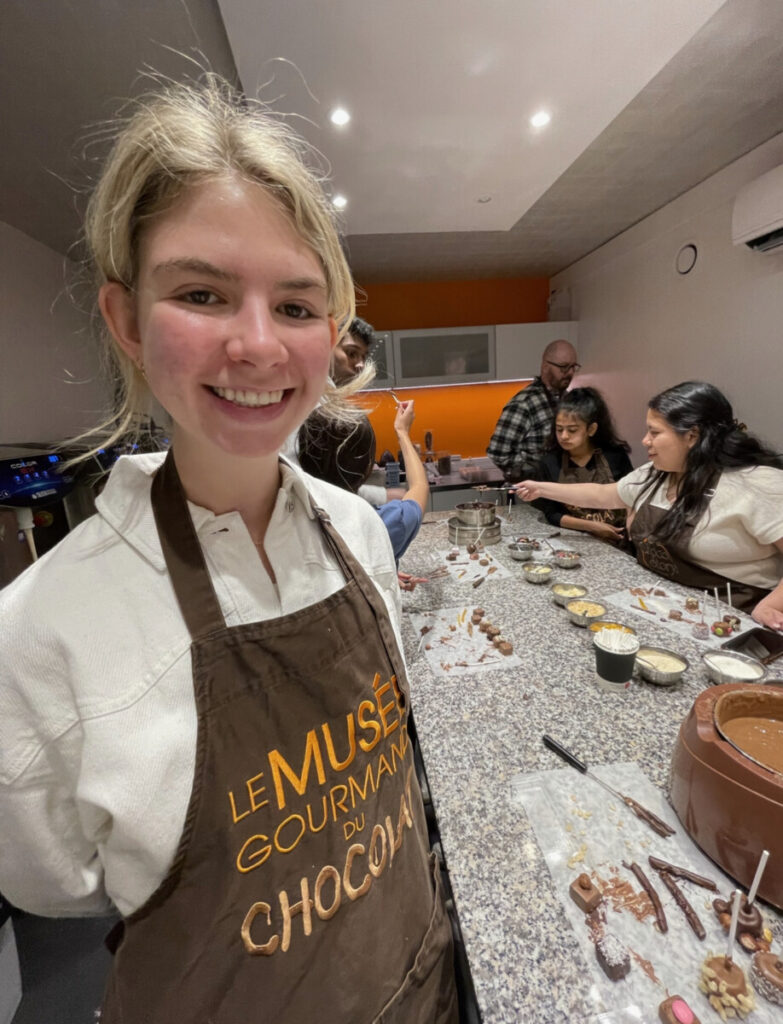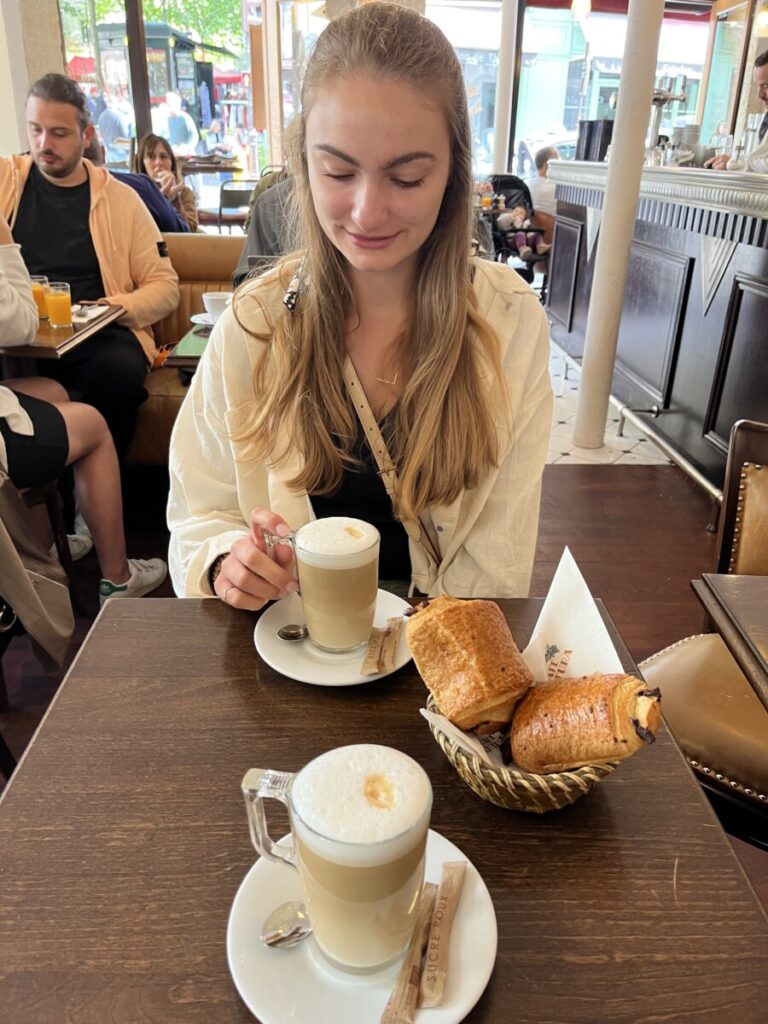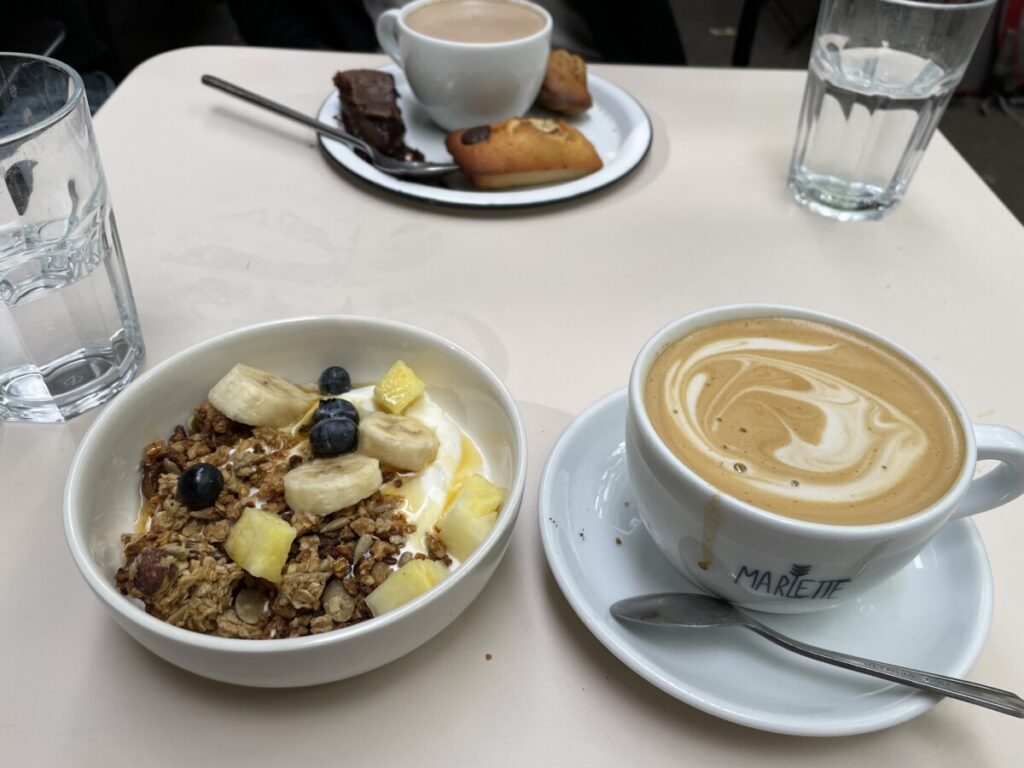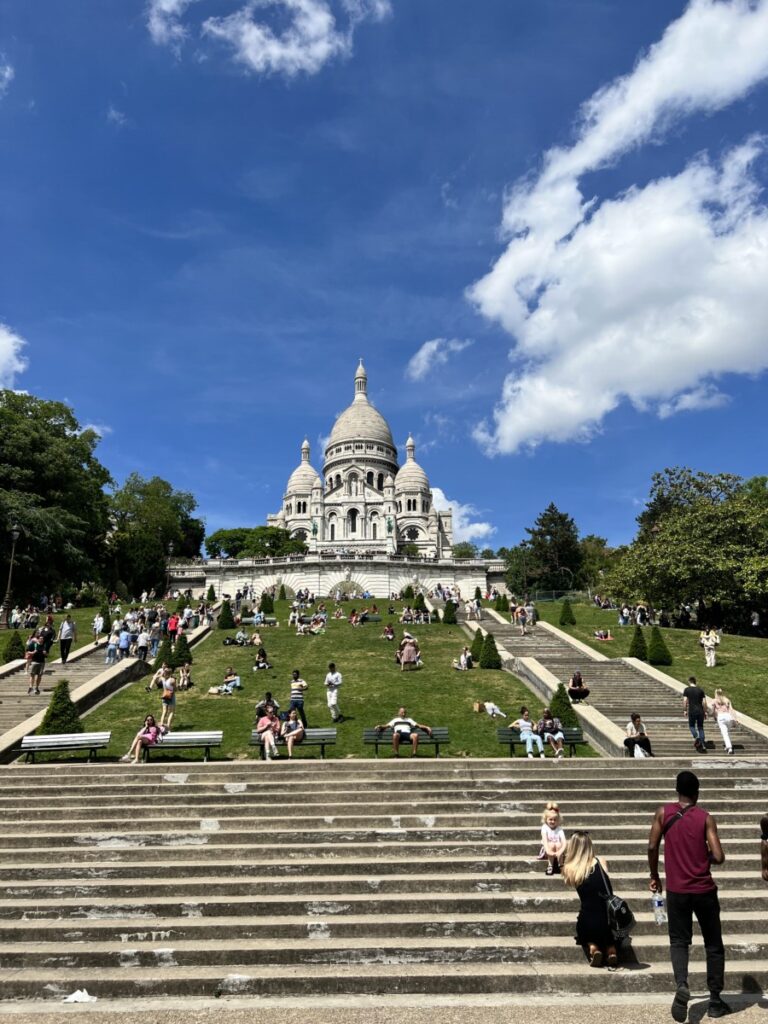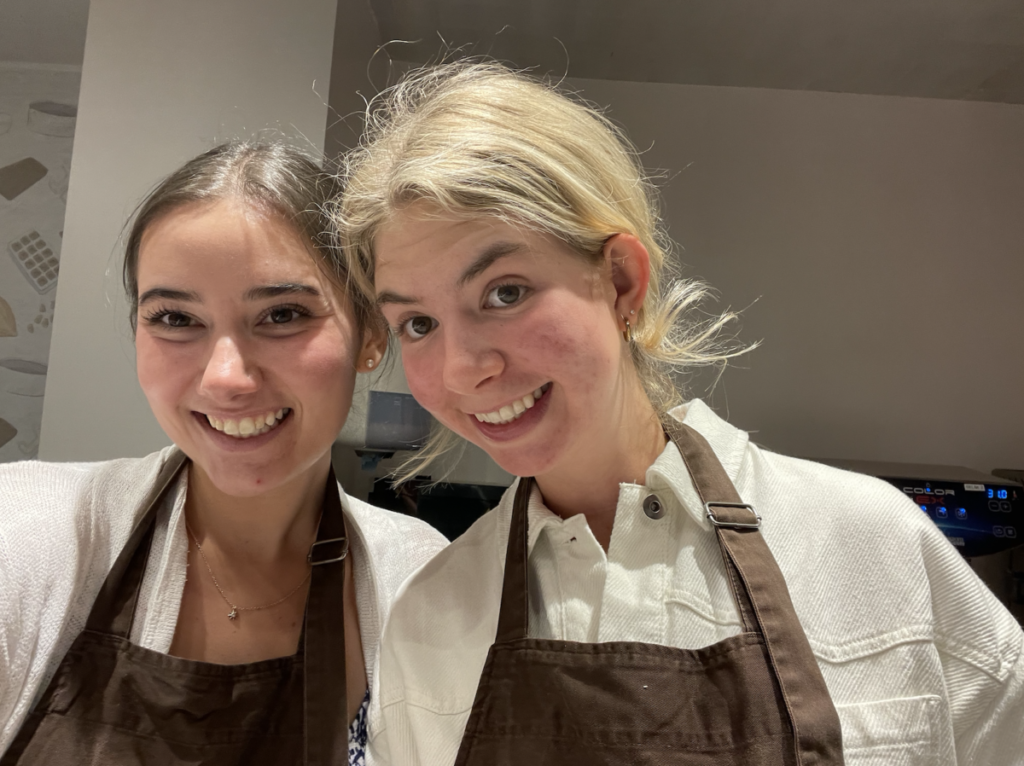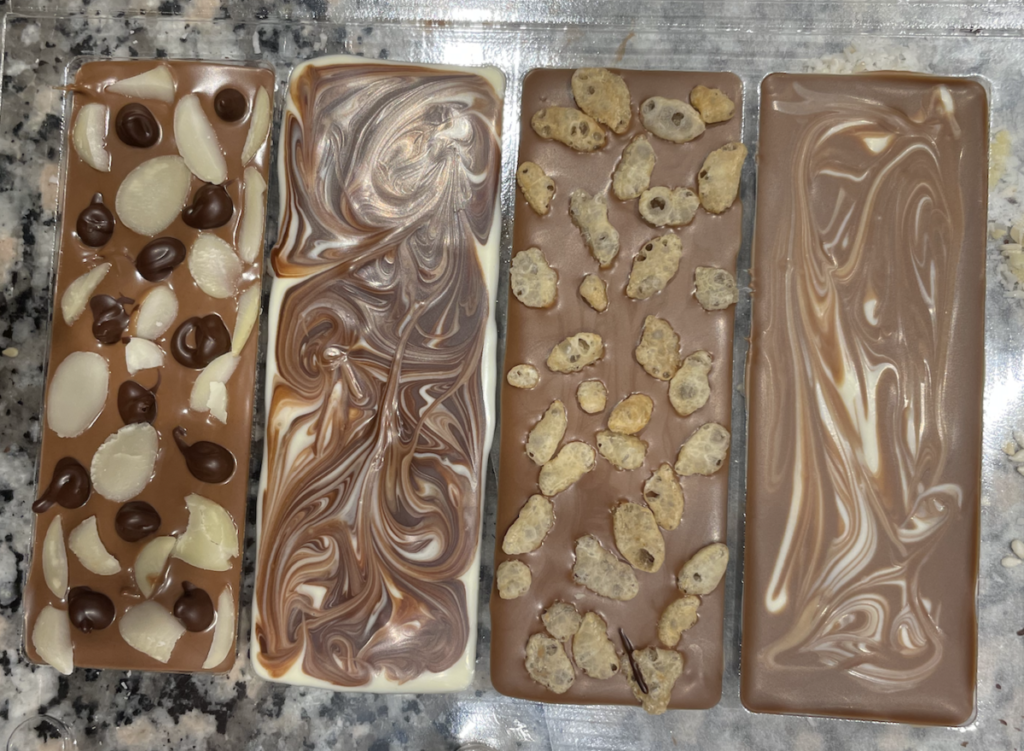This past Wednesday I went on a picnic with some of my classmates under the Eiffel Tower. I was hesitant in going as I had already seen the Eiffel tower on our boat trip and didn’t see the point of seeing the Eiffel Tower from that close… but oh was I wrong! When we got there we saw so many sections of open turf occupied by so many people from all over the world. I heard all these different languages and saw many different faces, which reminded me of home with the extent of the US’s diversity. One thing that connected all these different people was our collective shared experience of witnessing the awe of the Eiffel Tower. This same phenomenon happened to me and my classmates. As the evening continued I noticed another perk of being here instead of the Arc de Triomphe. I saw that we were growing closer and started to share things we had in common. It was then that I realized that new friendships were sprouting from one of those turf patches.
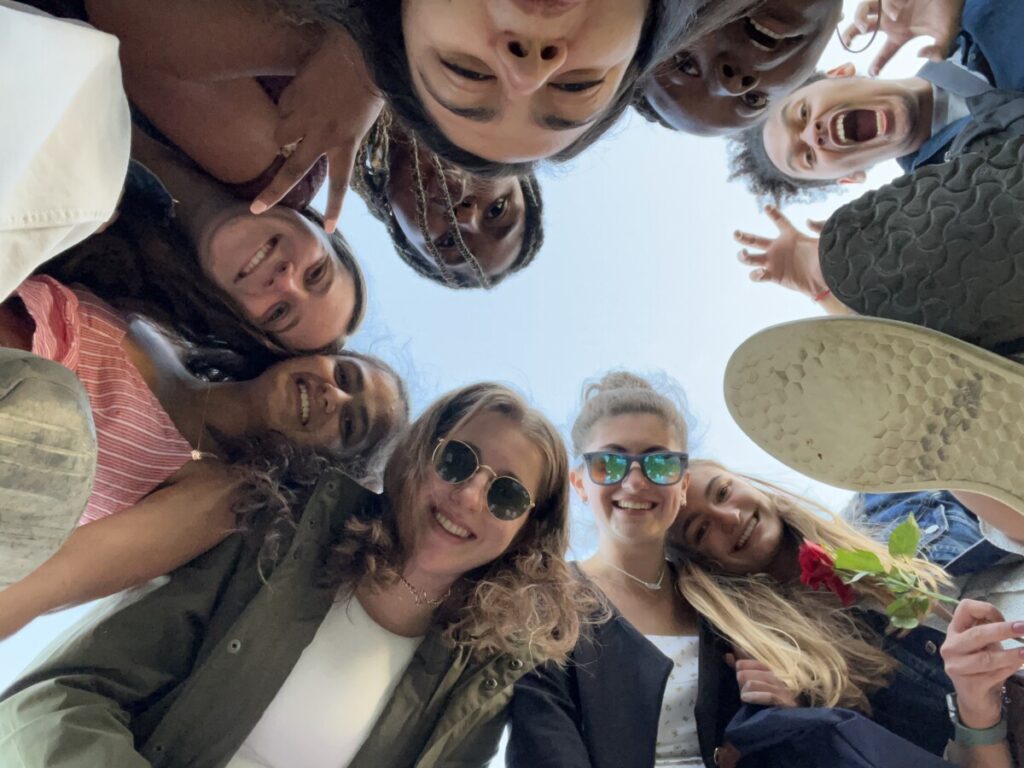
It didn’t take long for laughs and overall good vibes to flood our conversations. Someone soon suggested that we do a little photo shoot which really kicked things off. Often times we get a little insecure when we lose for photos but that didn’t happen here with so many of us hyping each other up allowing us to take some amazing photos. The energy of these photo shoots reminded me of the same energy that’s created with my friends back home, which prompted me to dive deeper into the neuroscience of friendship. From this, I learned that striatum plays an important role in social behavior as it encodes rewards from social situations (Báez-Mendoza and Schultz, 2013). One thing that i found is that social isolation during chronic social isolation can actually weaken the dendritic spine density in the prefrontal cortex and hippocampus, so I am really happy I went and have been willing to go out more than I do back home in the states (Báez-Mendoza and Schultz, 2013). This newly found information really opened my mind up to the science of social behaviors and friendship. Upon searching the literature is there were very few recent studies looking into this topic which came as a surprise to me. Altogether though, this was a fun experience! 10/10, I highly recommend!!
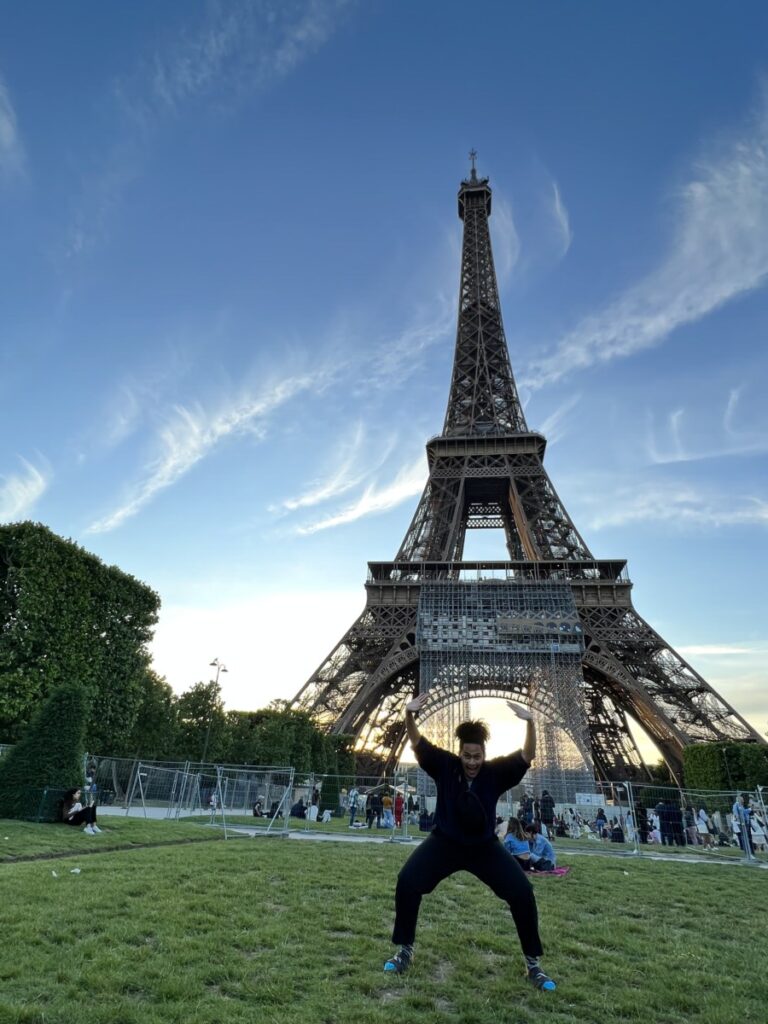
References
Báez-Mendoza, R., & Schultz, W. (2013). The role of the striatum in social behavior. Frontiers in Neuroscience, 7. https://doi.org/10.3389/fnins.2013.00233

